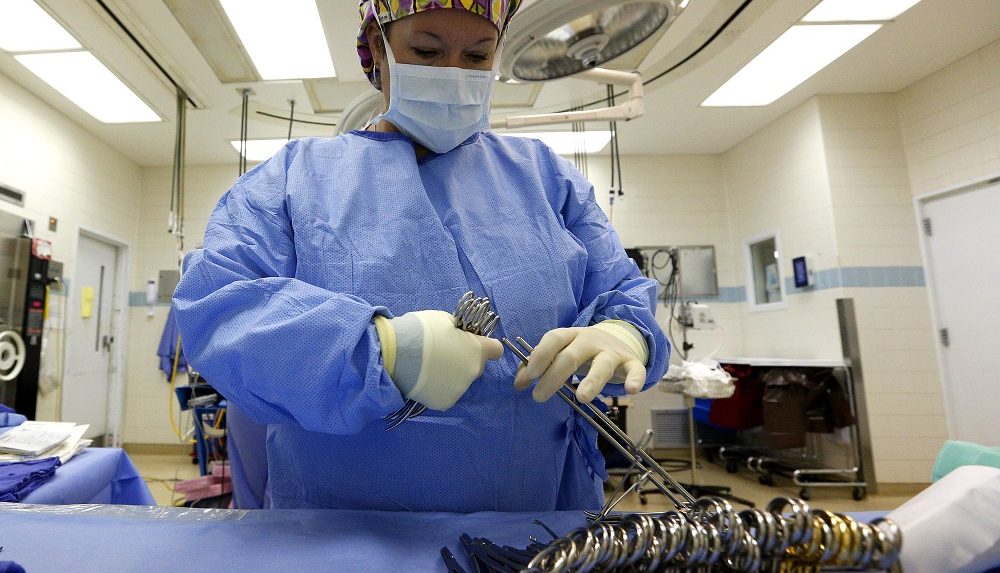
Four years since we battled the first wave of the pandemic, and today, we are witnessing a seismic shift in healthcare. As digital innovations reshape healthcare, the need for precision, preventive and connected care is imperative.
According to recent estimates by the National Association of Software and Service Companies (NASSCOM), data and AI in healthcare have the potential to add about 25 billion dollars to India’s GDP by 2025. By embracing these technological advancements, the healthcare industry can pave the way for a more inclusive healthcare delivery system.
Today, we have unified solutions for the AI-driven renaissance in healthcare IT. These solutions aggregate, analyse, display, and make data accessible from a network of clinical data sources to various applications, helping clinicians in quicker and smarter clinical decision making. Moreover, on-demand and device-enabled, autonomous care and cognitive engagement are picking pace.
A new era of democratised healthcare is emerging.
The Pivot Point in Precision Health
India is the fastest growing economy in the world. It is also the world’s largest population with a glaring burden of Non-Communicable Diseases (NCDs). Both these facts present a challenge and opportunity. Moreover, United Nations Populations Fund projections signal that by 2046, India’s population of the elderly will be higher than the population size of children between 0-14 years. We need technologies that enhance the performance of care delivery systems by using integrated solutions that reach the larger population.
Advanced Analytics and Artificial Intelligence (AI) algorithms can analyse large volumes of healthcare data. Healthcare professionals can identify patterns, predict outcomes, and improve population health management. This in turn helps in creating personalised treatments combining actionable insights with patient-centric therapies.
Cloud computing, blockchain, and AI tools have significantly improved accessibility, data security and clinical outcomes. Furthermore, Augmented Reality (AR) and Virtual Reality (VR) are key for skill-building for care providers. It is to enable them to be well prepared before getting into operating room. It also helps in better serviceability for customers there by improving uptime for customer.
Remote Patient Monitoring (RPM) is another crucial component of this transformation. Today RPM technologies capture everything from respiration rate to oxygen saturation and pulse remotely. This instils reassurance in patients, and doctors as no vital sign observations are missed even when the patient is at a remote location. RPM helps clinicians identify patient deterioration early, thereby, reducing ICU admissions.
Empowering R&D Initiatives to Build Atmanirbhar Bharat
India’s MedTech sector is at a nascent stage but poised for growth. We are currently among the top 20 markets in the space, worldwide. This growth will be driven by investment in R&D and advanced tech solutions. The interim budget promises that ₹1 lakh crore corpus will be established with a 50-year interest-free loan. The move is aimed towards long-term financing for research and innovation in sunrise domains. We are hopeful of these investments in the healthcare domain. As India continues to strengthen its march towards becoming the global innovation hub, the focus on R&D stands stronger.
In the coming decade, AI-driven technologies will be making healthcare more human. How we leverage connected care, cost-effective models, and precision-led approach will make all the difference.
—The author, Girish Raghavan, is Leader at the Healthcare Technology Centre India (HTCI) at GE HealthCare South Asia, and the Global Engineering for Edison Platform, a strategic project for GE HealthCare worlwide.
(Edited by : C H Unnikrishnan)
First Published: Mar 2, 2024 9:25 AM IST




















